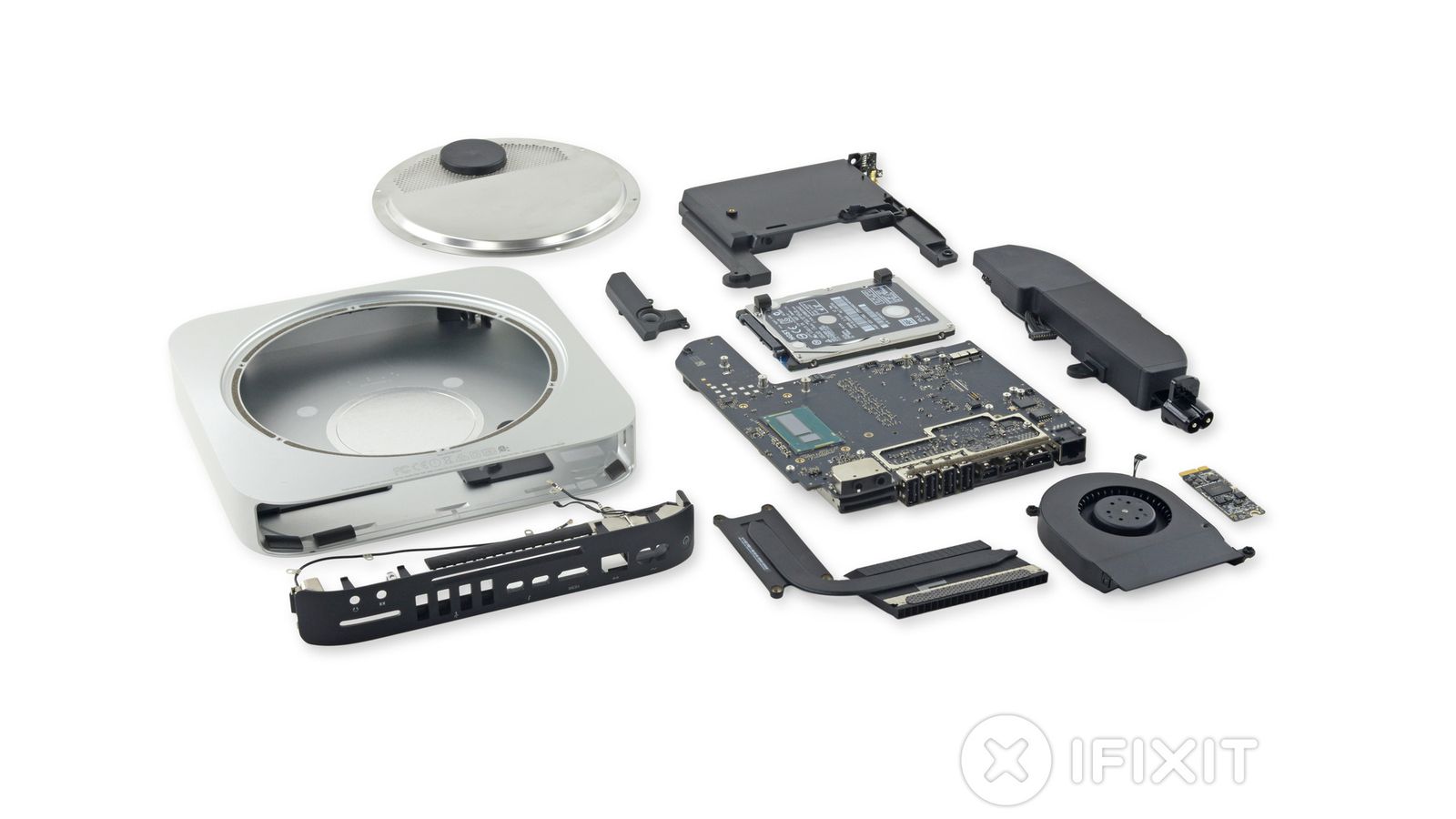
Then tape it to the new hard drive, preferably to the aluminium casing to ensure a good accurate measurement. Wrap the whole thing in heat-shrink to keep it together. It should plug quite snugly into the holes on the standard plug. Connect the gray wire from the iMac to the emitter, and the black wire to both the joined base and collector pins on the transistor.

Once this is complete you can connect it to the wire in the iMac. Then heat-shrink the whole pin section, leaving the body of the transistor exposed and 6mm of pins at the bottom so that it can be plugged into the cable inside the iMac. This will help prevent accidental shorting. Next you need to cover pin 3 with shrink tube or an insulating paint so that all but the last 6mm or so is coated. You should be left with a two-pin unit that way.

I like to fold pin 1 over pin 2 about halfway up and put a touch of solder on the join, then snip off the excess of pin 1. A little three-pin transistor for less than a dollar.įirst job is to short the base and collector pins together. Get on of these little guys at your local electronic components retailer and set to work. Or you could take the fourth, more interesting option, like me. Or you could close the loop with a short wire and hope your hard drive doesn’t over-heat. You could buy one of these, or even an apple genuine DVD drive temp sensor, which will do the same job. Just replacing the drive and forgetting about the sensor is one option, but the computer doesn’t get any data from the sensor, assumes the worst, and runs the cooling fan at 5000RPM. Which is fine if your replacement drive has a built in temp sensor, a relative rarity. The difficult part is that Apple, in their infinite wisdom, have changed from using a temperature-sensor-on-a-wire to using hard drives with built-in temp sensors and just having a plug for temperature sensing. More complete and detailed instructions available at iFixit.



 0 kommentar(er)
0 kommentar(er)
